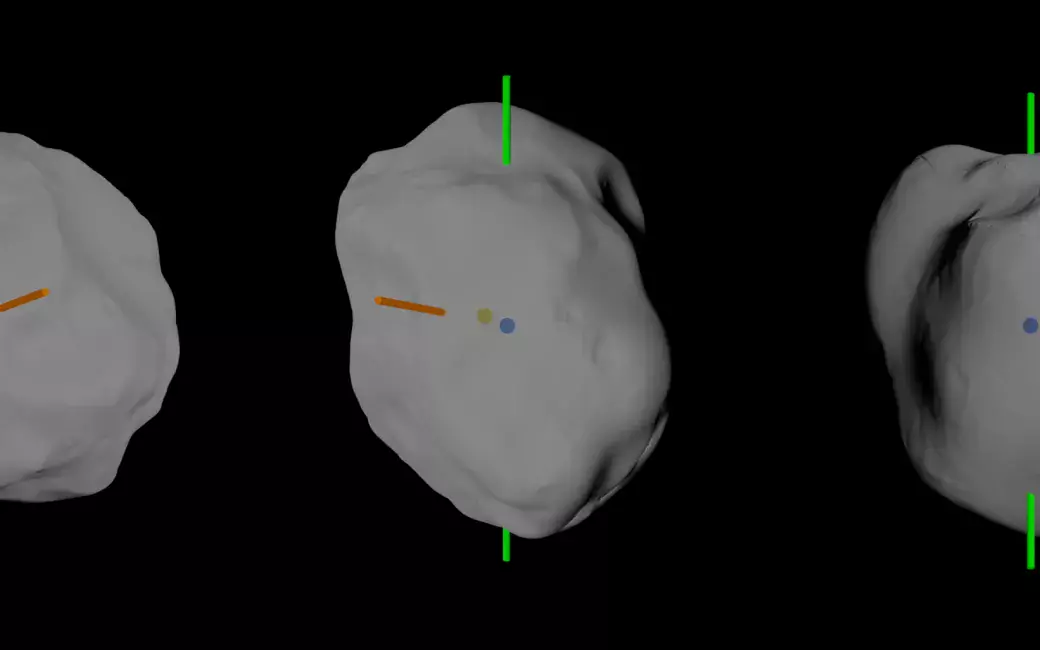
Researchers demonstrate a way to remove the potent greenhouse gas from the exhaust of engines that burn natural gas. Today’s catalysts for removing unburnt methane from natural-gas engine exhaust are either inefficient at low, start-up temperatures or break down at higher operating temperatures. A new single-atom catalyst solves both these problems and removes 90% of the methane.
Individual palladium atoms attached to the surface of a catalyst can remove 90% of unburned methane from natural-gas engine exhaust at low temperatures, scientists reported today in the journal Nature Catalysis.
While more research needs to be done, they said, the advance in single atom catalysis has the potential to lower exhau...
Read More









Recent Comments